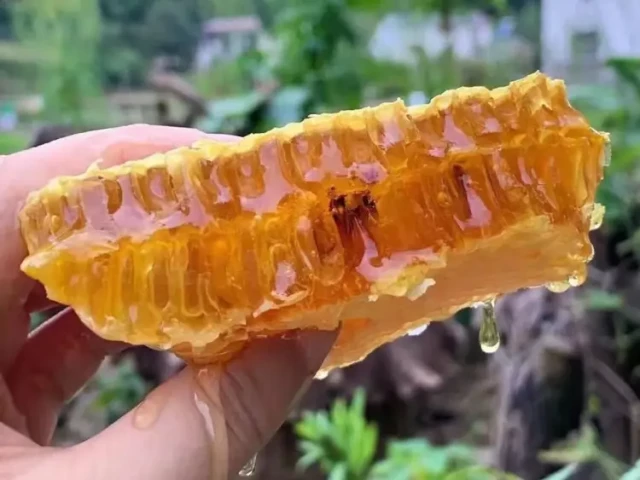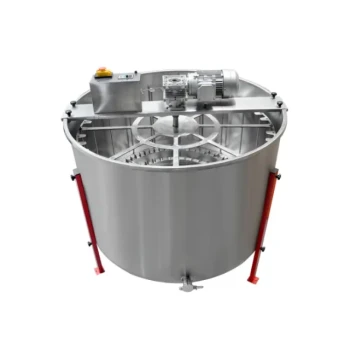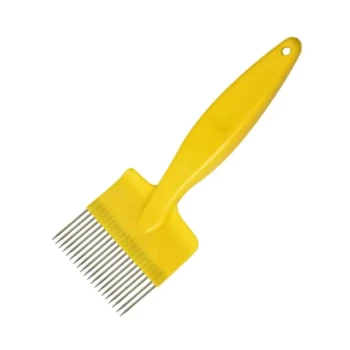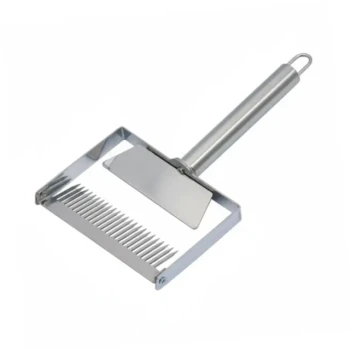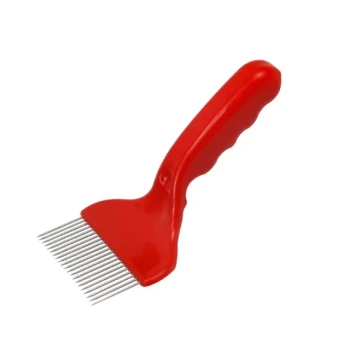Selecting the optimal honey extraction method is a pivotal decision that impacts efficiency, honey quality, and long-term sustainability for beekeepers. Whether you're a hobbyist with a few hives or a commercial operator managing hundreds, understanding the trade-offs between techniques—from traditional pressing to industrial-scale centrifugal extraction—ensures you maximize yield without compromising comb integrity or market value.
Honey Extraction Methods Decoded
Floating: Low-Tech but Time-Consuming
Floating, or the "crush and strain" method, involves breaking honeycomb into a mesh bag or container and letting gravity separate honey from wax over hours or days.
Best for:
- Artisanal producers prioritizing raw, unfiltered honey
- Beekeepers with minimal equipment budgets
- Small batches (under 50 lbs per harvest)
Limitations:
- High wax residue in final product
- Comb destruction requires bees to rebuild annually, increasing their energy expenditure
Pressing: Balancing Tradition and Effort
Manual presses (e.g., bucket or roller designs) physically squeeze honeycomb, extracting honey while retaining some wax.
Key advantages:
- Lower upfront costs compared to centrifugal systems
- Minimal honey wastage, ideal for small-scale operations
- Flexibility to produce honey with varying wax content for niche markets
Considerations:
- Labor-intensive; processing 100 lbs of honey may take 3–5 hours
- Requires frequent cleaning to prevent wax buildup
Research shows: Pressing preserves floral notes better than high-speed methods, appealing to gourmet buyers.
Centrifugal Extraction: Speed and Scalability
Electric or manual extractors use centrifugal force to fling honey out of uncapped frames, preserving comb for reuse.
Why commercial apiaries prefer it:
- Processes 20–30 frames per hour (electric models)
- Reusable combs reduce bee stress and boost next-season productivity
- Yields clearer honey with fewer particulates, meeting premium grade standards
Trade-offs:
- Higher initial investment (equipment costs 5–10x more than presses)
- Requires precise uncapping to avoid comb damage
Pro tip: Tangential extractors suit diverse comb sizes, while radial designs maximize capacity for uniform frames.
Honey Plants: Industrial-Grade Processing
Large facilities use automated systems for uncapping, extraction, and filtering, handling thousands of pounds daily.
When it’s warranted:
- Apiaries producing 1,000+ lbs annually
- Operations supplying bulk honey to distributors
Challenges:
- High infrastructure and maintenance costs
- Less control over honey characteristics (e.g., crystallization rate)
Key Factors in Method Selection
Scale of Production and Budget Constraints
- Hobbyists (1–10 hives): Floating or pressing balances cost and effort.
- Mid-scale (10–100 hives): Manual centrifugal extractors optimize efficiency.
- Commercial (100+ hives): Electric extractors or outsourcing to honey plants.
Budget note: Manual presses start under $200, while commercial-grade extractors exceed $2,000.
Impact on Honey Grade and Market Value
- Floating/pressed honey: Commands premiums in "raw honey" markets but may have shorter shelf life due to wax content.
- Centrifugal honey: Qualifies for higher USDA grades (e.g., Grade A) with broader retail appeal.
Did you know? Comb reuse from centrifugal extraction can increase annual yield by up to 20% by reducing bees’ rebuilding workload.
Best Practices for Optimal Results
Uncapping Techniques to Preserve Comb Integrity
- Use heated knives (120–140°F) for clean wax removal without tearing cells.
- For crush-and-strain, freeze combs first to reduce stickiness.
Post-Extraction Grading and Storage Protocols
- Filter through 200–400 micron sieves to remove debris while retaining pollen.
- Store honey in food-grade buckets at 50–70°F to delay crystallization.
Elevate Your Harvest with the Right Tools
Choosing a method aligned with your apiary’s scale and goals ensures sustainable, profitable beekeeping. HONESTBEE supports beekeepers at every level with durable, efficiency-driven equipment—from manual presses for artisanal producers to high-capacity extractors for commercial operations.
Ready to optimize your honey yield? Explore HONESTBEE’s wholesale solutions designed to streamline extraction while preserving the quality your customers love.
Visual Guide

Related Products
- Electric 8 Frame Honey Spinner Extractor Equipment for Beekeeping
- HONESTBEE 72 Frame Industrial Electric Honey Extractor for Beekeeping
- electric honey extractor honey centrifuge 3 frame honey extractor stainless steel honey frame extractor
- 2 Frame Stainless Steel Manual Honey Spinner Extractor for Beekeeping
- HONESTBEE 3-Frame Manual Acrylic Honey Extractor
Related Articles
- How to Choose the Right Honey Extractor for Your Beekeeping Scale
- The Extractor's Edge: Why Preserving Comb is the Key to Apiary Profitability
- Centrifugal Extractors vs. Honey Presses: Choosing the Right Tool for Your Beekeeping Goals
- The Bottleneck in the Bee Yard: How Extractor Physics Dictates Apiary Scale
- How to Ethically Harvest Honey Without Compromising Bee Colony Survival
